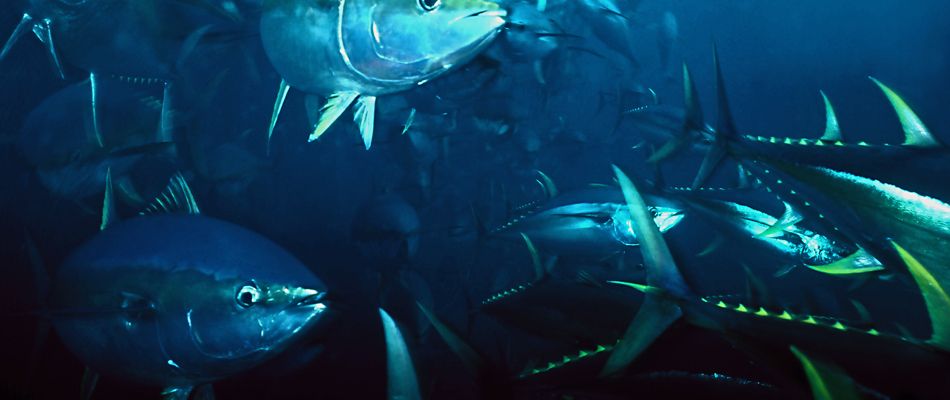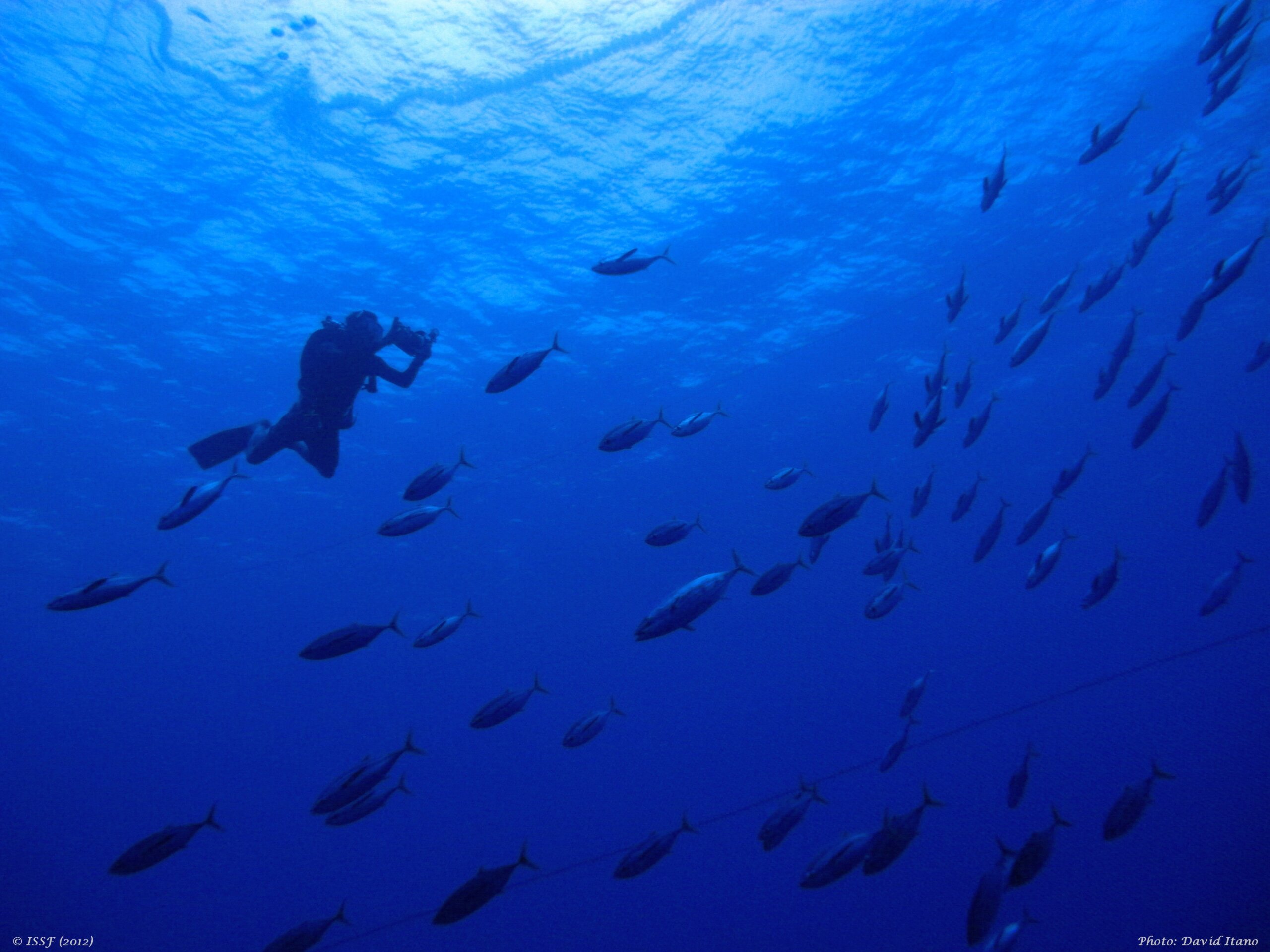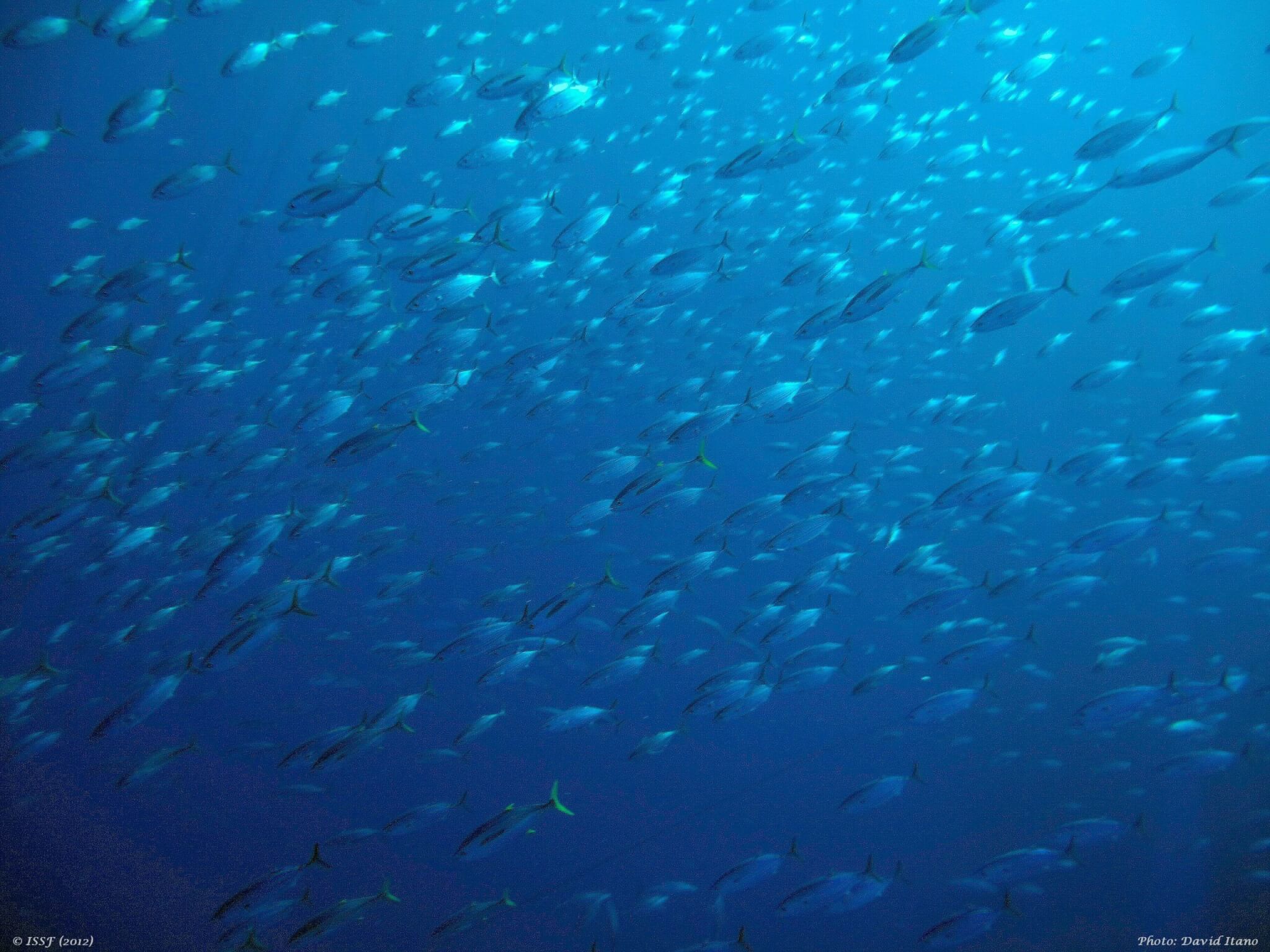
80.5% of Global Tuna Catch Comes from Stocks at Healthy Levels; 9.2% Require Stronger Management
Of the total commercial tuna catch worldwide, 80.5% is sourced from stocks at “healthy” levels of abundance, according to the newest International Seafood Sustainability Foundation (ISSF) Status of the Stocks report. In addition, 9.2% of the total tuna catch came from overfished stocks, and 10.3% came from stocks at an intermediate level of abundance.
The decrease in the overall percentage of the catch coming from stocks at healthy levels of abundance, from 87.7% in the September 2021 report to 80.5% in the March 2022 update, is mainly attributed to a change in the rating of the Eastern Pacific skipjack stock, which represents about 6% of the global tuna catch. The report downgrades that stock from a green to a yellow color rating. IATTC has not conducted a conventional assessment of skipjack tuna since 2012, so its status is uncertain. In addition, fishery indicators show an increase in fishing mortality in the floating-object (or FAD) fishery and a historical low level in skipjack average size, adding to the uncertainty of the actual stock status. ISSF urges the IATTC to conduct a conventional stock assessment as soon as possible.
Globally, 61% of 23 major commercial #tuna stocks are at healthy levels of abundance, 26% are at an intermediate level, and 13% are overfished. Download our latest Status of the Stocks report for details. Click To TweetOther changes in tuna stock status since the previous ISSF Status of the Stocks report include:
- The Atlantic Ocean bigeye stock improved its spawning biomass status from orange to yellow and its fishing mortality status from orange to green.
- The Mediterranean albacore stock’s spawning biomass status was downgraded from yellow to orange, and its fishing mortality rating was demoted from green to orange.
Several tuna stocks are considered overfished and/or subject to overfishing:
- Indian Ocean yellowfin, Pacific bluefin tuna and Mediterranean albacore stocks are overfished and subject to overfishing.
- Indian Ocean albacore and bigeye stocks are subject to overfishing.
In the new version of the report, the Management section in all stocks has been organized into two sections: “Harvest Strategy,” with a summary of the harvest strategy components agreed to date, and “Management Measures,” where all other management and conservation measures are described.
ISSF publishes its signature Status of the Stocks report twice each year using the most current scientific data on 23 major commercial tuna stocks.
Key Statistics in the Report
- Abundance or “spawning biomass” levels: Globally, 61% of the 23 stocks are at healthy levels of abundance, 26% are at an intermediate level, and 13% are overfished.
- Fishing mortality levels: 69.6% of the 23 stocks are experiencing a well-managed fishing mortality rate and 21.7% are experiencing overfishing.
- Total catch: The catch of major commercial tuna stocks was 4.9 million tonnes in 2020, about 10% lower than in 2019. 57% was skipjack tuna, followed by yellowfin (30%), bigeye (8%), and albacore (4%). Bluefin tuna accounted for 1% of the global catch.
- Largest tuna catches by stock: The five largest catches in tonnes, unchanged since the previous report, are Western Pacific Ocean skipjack, Western Pacific Ocean yellowfin, Indian Ocean skipjack, Indian Ocean yellowfin, and Eastern Pacific Ocean skipjack.
- Tuna production by fishing gear: 66% of the catch is made by purse seining (approximately 36% associated or FAD sets, 27% unassociated or free school sets, and 3% dolphin sets), followed by longline (10%), pole-and-line (7%), gillnets (4%), and miscellaneous gears (13%). These percentages changed minimally since the previous report.
The Status of the Stocks report is reviewed by the ISSF Scientific Advisory Committee, which provides advice on its content. The report does not advocate any particular seafood purchase decisions.
The Pandemic’s Impact on the Status of the Stocks
The March 2022 Status of the Stocks is the fourth update of the report since March 2020, when the COVID-19 pandemic began to impact the work of the RFMOs. RFMOs have issued exemptions to certain monitoring requirements such as observer coverage. As such, the report’s summaries of management measures for the stocks, particularly in relation to observer coverage, may not be completely accurate in reflecting the monitoring that is ongoing during this exceptional period.
The report includes updated catch data and the latest changes to stock status and management as of early March 2022.
About the Report
There are 23 stocks of major commercial tuna species worldwide — 6 albacore, 4 bigeye, 4 bluefin, 5 skipjack, and 4 yellowfin stocks. The Status of the Stocks summarizes the results of the most recent scientific assessments of these stocks, as well as the current management measures adopted by the RFMOs. Updated twice per year, Status of the Stocks assigns color ratings (green, yellow or orange) using a consistent methodology based on three factors: Abundance, Exploitation/Management (fishing mortality), and Environmental Impact (bycatch).
ISSF produces two Status of the Stocks reports annually to provide clarity about where we stand — and how much more needs to be done — to ensure the long-term sustainability of tuna stocks. The Status of the Stocks presents a comprehensive analysis of tuna stocks by species, and the Evaluation of the Sustainability of Global Tuna Stocks Relative to Marine Stewardship Council (MSC) Criteria provides scores for the stocks and RFMOs based on MSC assessment criteria. The MSC-certified fisheries list (Appendix 2) in Status of the Stocks complements the Evaluation report. Together, these tools help to define the continuous improvement achieved, as well as the areas and issues that require more attention.
In addition, ISSF maintains a data-visualization tool based on its Status of the Stocks report. The “Interactive Stock Status Tool” is located on the ISSF website and accessible through the Status of the Stocks overview page; users can easily toggle through tuna abundance and exploitation health indicators by catch or stock and filter by location and species as well as be informed about the share of total catch by species/stocks and gear types.


